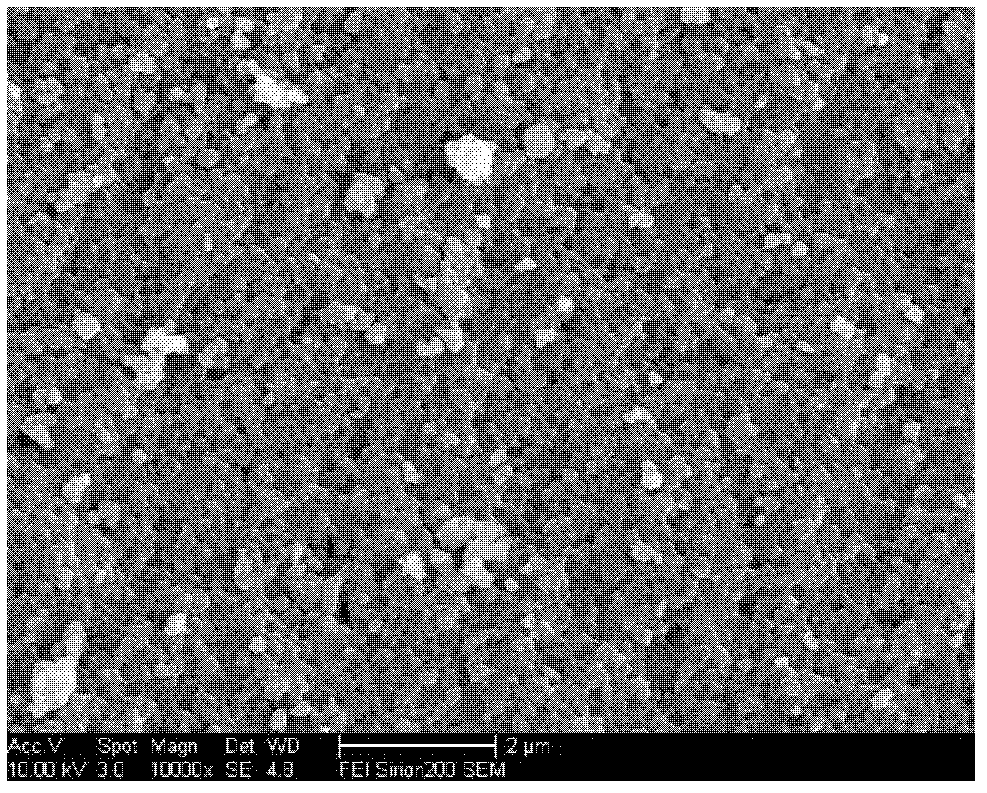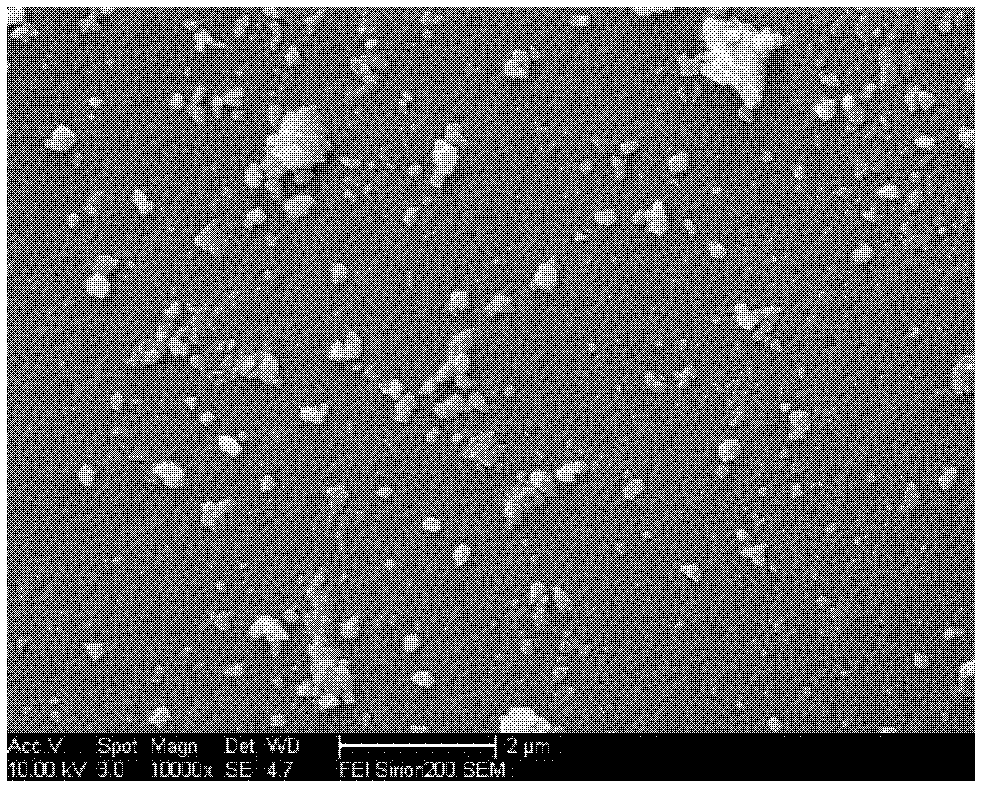Alpha-alumina-based abrasive and preparation method thereof
An alumina-based, alumina-based technology, applied in chemical instruments and methods, and other chemical processes, can solve the problem of high cost and achieve high grinding efficiency, low raw material cost, mature and stable process
- Summary
- Abstract
- Description
- Claims
- Application Information
AI Technical Summary
Problems solved by technology
Method used
Image
Examples
Embodiment 1
[0033]In a 150-liter vacuum mixer, add 16.8 kg of pure water, 42 kg of semi-finished boehmite with a water content of 70%, and 3 kg of alumina seed grinding liquid with a concentration of 4%, start the mixer to stir and beat into a slurry, and add a concentration of 20% After 1.6 kg of nitric acid solution, stir for 5 minutes. Stop stirring, put the slurry into the colloid mill, further refine the slurry, transfer the slurry from the colloid mill to the original mixer, vacuumize, start the mixer, add 3 kilograms of 20% nitric acid, and then add 1 liter containing 17% Aqueous solution of magnesium nitrate hexahydrate, stir well. At this point a gel has formed.
[0034] Transfer the above-prepared gel into a stainless steel pan and put it in an oven at 120°C until the gel becomes brittle and cracks, becoming fragments with a diameter of several millimeters to more than ten millimeters, and some particles can reach several centimeters , the size of the pieces depends on the dry...
Embodiment 2
[0040] In a 150-liter vacuum mixer, add 0.6 kg of pure water, 62.5 kg of boehmite semi-finished products with a water content of 80%, and 6 kg of alumina seed grinding liquid with a concentration of 4%, start the mixer to stir and beat into a slurry, and add a concentration of 20% After 1.6 kg of nitric acid solution, stir for 5 minutes. Stop stirring, put the slurry into the colloid mill, further refine the slurry, transfer the slurry from the colloid mill to the original mixer, vacuumize, start the mixer, add 3.2 kg of 20% nitric acid, and then add 1 liter containing 17% Aqueous solution of magnesium nitrate hexahydrate, stir well. At this point a gel has formed.
[0041] The following is the same as described in Example 1, the calcination temperature is controlled at 750° C., and the sintering time is 15 minutes; the sintering temperature is 1330° C., and the sintering time is 20 minutes. The resulting product has a density of 3.95 g / cm 3 , a microhardness of 23 GPa, and ...
Embodiment 3
[0044] As described in Example 1, the difference is that the calcining and sintering are carried out in a 24-meter-long roller kiln, the temperature in the calcining zone is set at 700°C, the calcining time is 60 minutes, the temperature in the sintering zone is set at 1360°C, and the sintering time is set at 1360°C. Set at 60 minutes. The obtained product has a density of 3.94 g / cm 3 , a microhardness of 20.5 GPa, a microhardness of 23 GPa, and a grain size of 0.4 micron constituting ceramic microcrystalline abrasive particles.
PUM
| Property | Measurement | Unit |
|---|---|---|
| Density | aaaaa | aaaaa |
| Microhardness | aaaaa | aaaaa |
| Grain | aaaaa | aaaaa |
Abstract
Description
Claims
Application Information
 Login to View More
Login to View More - R&D
- Intellectual Property
- Life Sciences
- Materials
- Tech Scout
- Unparalleled Data Quality
- Higher Quality Content
- 60% Fewer Hallucinations
Browse by: Latest US Patents, China's latest patents, Technical Efficacy Thesaurus, Application Domain, Technology Topic, Popular Technical Reports.
© 2025 PatSnap. All rights reserved.Legal|Privacy policy|Modern Slavery Act Transparency Statement|Sitemap|About US| Contact US: help@patsnap.com


